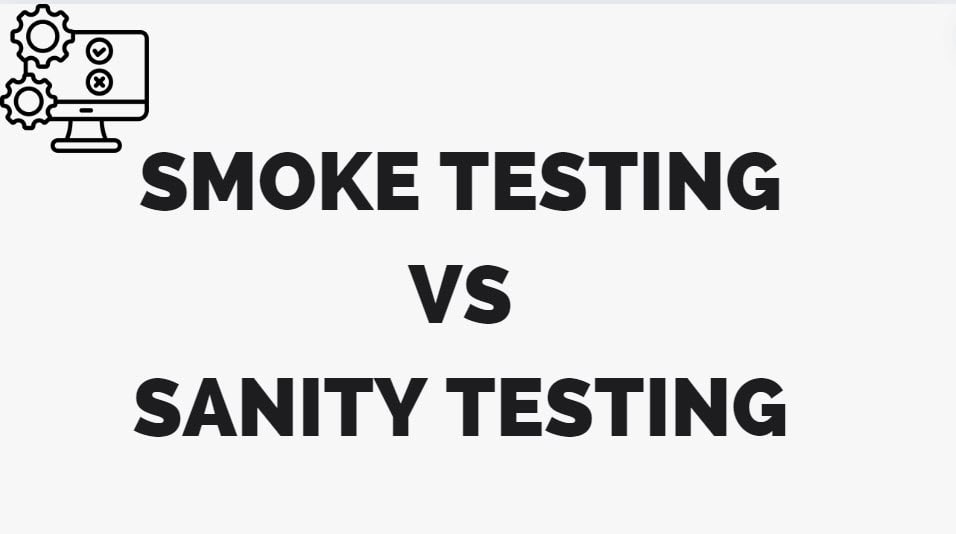Smoke Testing and Sanity Testing are both forms of preliminary testing used in software development to quickly evaluate the basic functionality of a new build or release. While they share some similarities, there are key differences between the two:
Smoke Testing:
Purpose: To verify that the most critical functions of the application work correctly.
Scope: Broader, covering major functionality across the entire system.
Depth: Shallow, not diving deep into any particular area.
When performed: Usually done after a new build is created, before more extensive testing.
Time: Typically takes a short time to complete (e.g., 30 minutes to a few hours).
Who performs it: Often done by developers or testers.
Automation: Can be easily automated.
Pass/Fail criteria: If smoke tests fail, the build is rejected immediately.
Sanity Testing:
Purpose: To verify that specific functionality works as expected after minor changes.
Scope: Narrower, focusing on particular areas affected by recent changes.
Depth: Can be more detailed in specific areas.
When performed: Usually done after receiving a software build with minor changes or bug fixes.
Time: Generally quicker than smoke testing.
Who performs it: Typically performed by testers.
Automation: This can be automated, but it is often done manually due to its adaptive nature.
Pass/Fail criteria: If sanity tests fail, more intensive testing may be required.
Key Differences:
Smoke testing is broader and less deep, while sanity testing is narrower but can be more detailed in specific areas.
Smoke testing is done on new builds or major releases, while sanity testing is often performed after minor changes or bug fixes.
Smoke testing checks the entire system’s stability, while sanity testing focuses on specific functionalities affected by recent changes.
Smoke testing is more likely to be automated, while sanity testing is often manual due to its adaptive nature.
Smoke testing failure usually results in immediate build rejection, while sanity testing failure may lead to more intensive testing.
Here’s a tabular comparison of Smoke Testing vs Sanity Testing:
| Based On | Smoke Testing | Sanity Testing |
|---|---|---|
| Goal | Verifies stability | Verifies rationality |
| Scope | Narrow focuses on specific functionality | Early in the testing cycle, after build |
| Depth | Shallow check of critical functionalities | Detailed check of specific areas |
| Timing | It can be manual or automated | After smoke testing, before detailed testing |
| Duration | Shorter | Longer than smoke testing |
| Performed by | Developers or Testers | Typically Testers |
| Automation | Often automated | Can be manual or automated |
| Test Cases | Basic, critical path test cases | More detailed test cases for specific features |
| Purpose | Ensures build stability for further testing | Ensures specific functionality works as expected |
| Outcome | Pass/Fail decision for further testing | Detailed feedback on specific areas |
Both types of testing are crucial in the software development lifecycle, helping to identify issues early and ensure the stability and functionality of the software. The choice between smoke and sanity testing often depends on the project’s specific needs and the development stage.

My name is Madhu, and I’m a certified Test Consultant with more than 16 years of hands-on experience developing and maintaining manual and Test Automation in the Software industry. I have experience with automation tools such as Selenium, Katalon Studio, etc.
